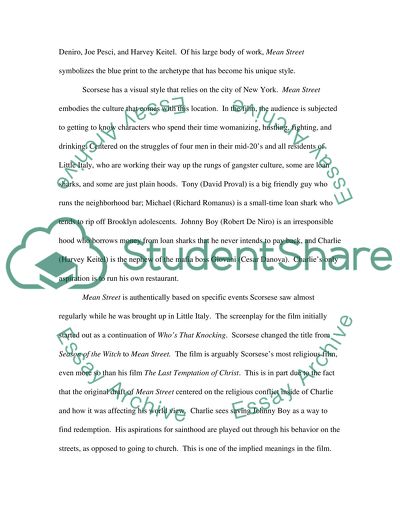Cite this document
(“Film studies (Authorship module) Essay Example | Topics and Well Written Essays - 1500 words”, n.d.)
Film studies (Authorship module) Essay Example | Topics and Well Written Essays - 1500 words. Retrieved from https://studentshare.org/miscellaneous/1504149-film-studies-authorship-module
Film studies (Authorship module) Essay Example | Topics and Well Written Essays - 1500 words. Retrieved from https://studentshare.org/miscellaneous/1504149-film-studies-authorship-module
(Film Studies (Authorship Module) Essay Example | Topics and Well Written Essays - 1500 Words)
Film Studies (Authorship Module) Essay Example | Topics and Well Written Essays - 1500 Words. https://studentshare.org/miscellaneous/1504149-film-studies-authorship-module.
Film Studies (Authorship Module) Essay Example | Topics and Well Written Essays - 1500 Words. https://studentshare.org/miscellaneous/1504149-film-studies-authorship-module.
“Film Studies (Authorship Module) Essay Example | Topics and Well Written Essays - 1500 Words”, n.d. https://studentshare.org/miscellaneous/1504149-film-studies-authorship-module.


